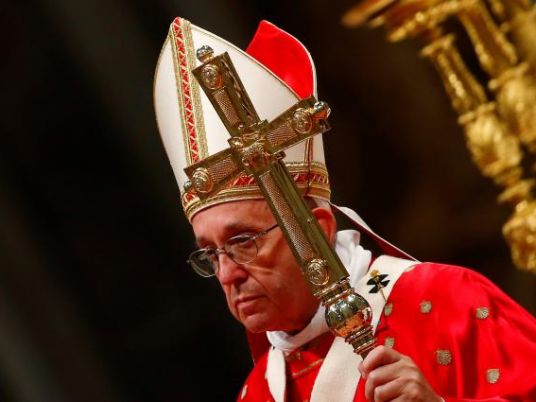
Courtesy of CNN African Voices
Twin brothers Hasan and Husain Essop have created multi-layered photographs that are making people stop and think. Check out the interview on CNN African Voices.
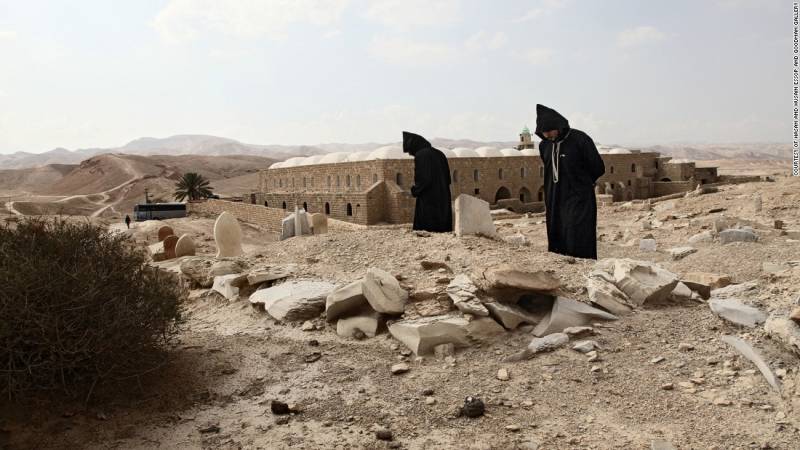
What's it like to be a young Muslim man, of Indian descent, born and raised in Cape Town, one of Africa's most westernized cities? It's a question the award-winning artists, Hasan and Husain Essop explore through their photographic work, which places them as the subject in all the images.
Here are five things to know about these rising stars of the international art scene.
Hasan and Husain Essop, Grave of Moses, Jericho, 2011

1. Their work to date has been all about the clash of cultures
The work of the twins, who are both teachers, has been described as portraying "moral, religious and cultural conflict. Two dominant personalities appear, East and West, with all their stereotypes, and environments are chosen as stages on which to perform and define their behaviors.
Hasan and Husain Essop Thornton Road, 2008
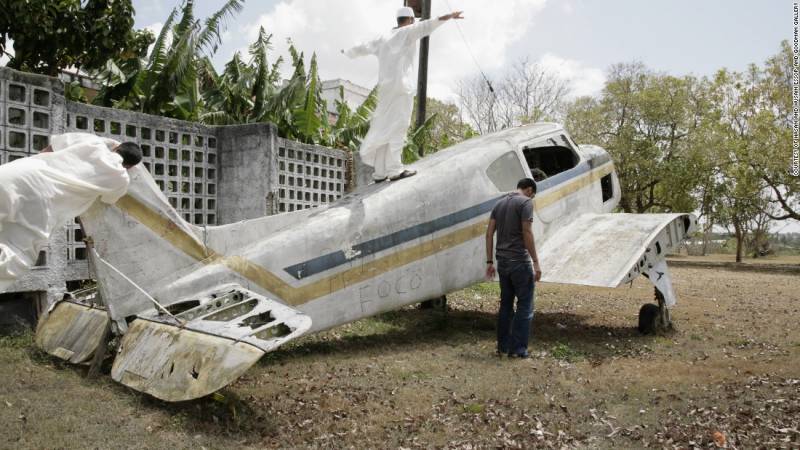
The way different views and values sit side-by-side is something the Essop brothers know from their own lives. Growing up in Cape Town, they went to a Muslim school, while at home were immersed in the food, music and language of the Indian family.
Hasan and Husain Essop, Aeroplane, 2009
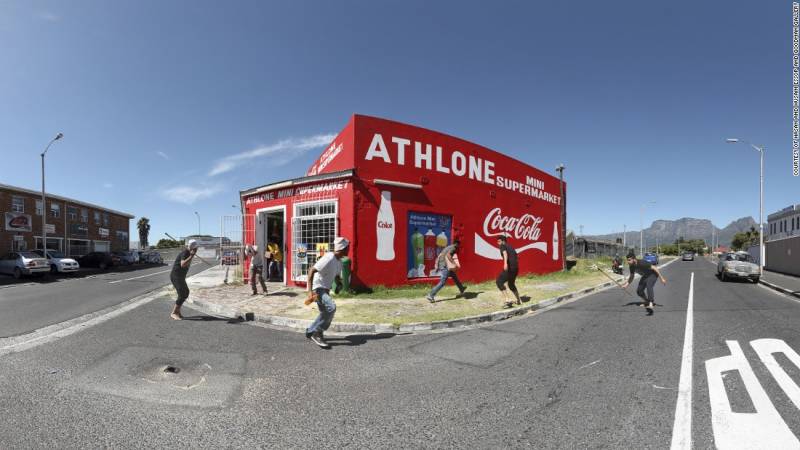
2. They have no interest in creating beautiful work
Each images is a complex narrative staged, shot and featuring the brothers. The results are striking but it's hard to call them beautiful — and that seems to be the plan. "There's so much happening today that we need to capture," says Husain. "We're living in a world with violence, drug abuse, crime … there's so much bad happening around us that is not beautiful. So for us to represent beauty is just pointless to me."
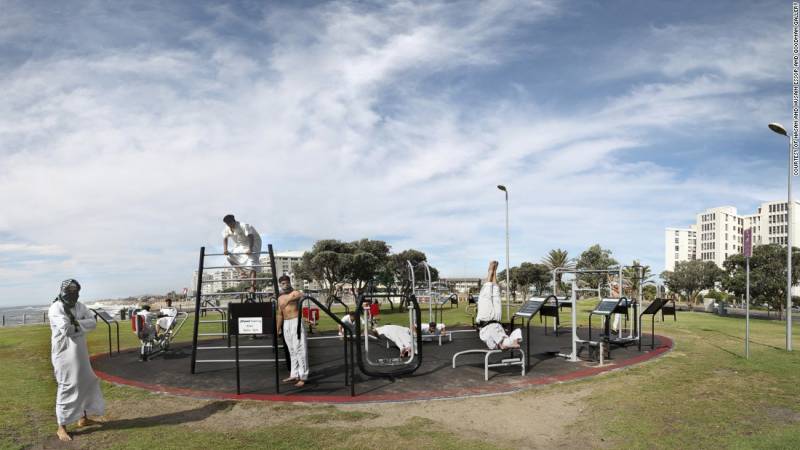
3. They are challenging the stigma that making art carries in their community
For such lauded contemporary artists, it is surprising to hear that their inspiration doesn't necessarily come from being exposed to art at an early age.
Hasan and Husain Essop, Freedom Fighters, 2014
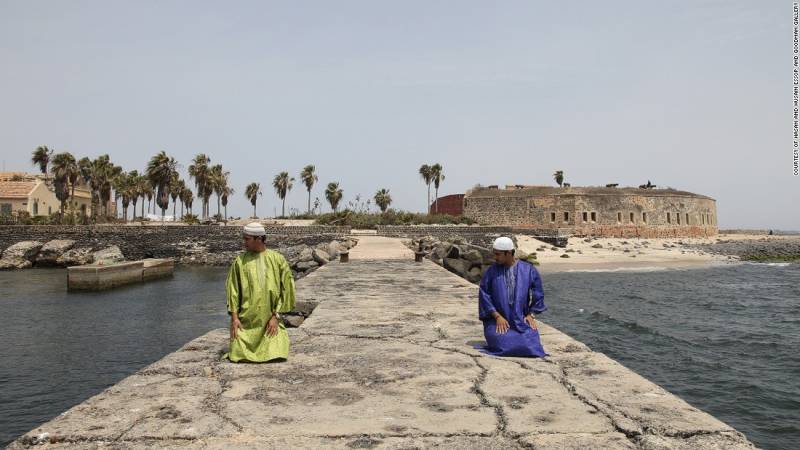
"We come from a community [where] art doesn't exist. Islamic art for many years was known for beautiful calligraphy — beautiful words from the Koran, beautifully painted — that's art you see [in] people's homes," Hasan explains.
Husain adds that art at school was perceived as the subject for "troubled" children. "Art had that stigma — you look after your troubled child and must do art if he can't do math or science."
Hasan and Husain Essop, Slave Lodge, Dakar, Senegal, 2010

4. Their religious references are intended to educate.
Expressions of their faith are present in all their work, yet the artists argue that they do not do so gratuitously. Instead, they want to challenge stereotypes.
Hasan and Husain Essop Five Pillars, 2008
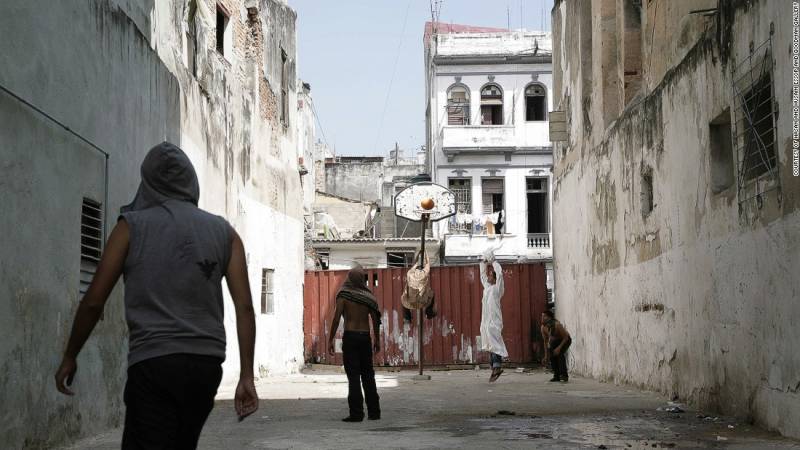
"I don't think it's "Islamically correct" to produce artwork and to put it up on a wall, so if I'm gonna be doing it this, it should be for a very important reason," Husain explains. "Our reason is always to educate the masses about the religion that has been tarnished through media — so kind of fighting media with media."
Hasan and Husain Essop Shooting Hoops, 2009
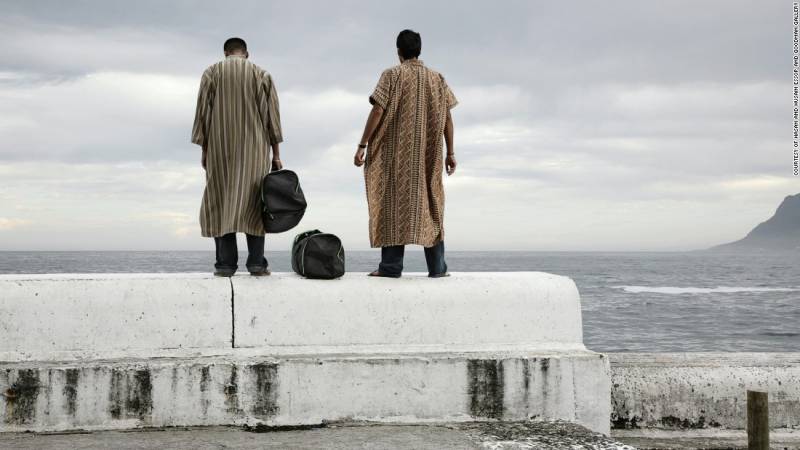
5. Their process is collaborative
Explaining how they work, Hasan says: "Husain always sets up, I clean up, get things out of the way. We have an idea [for each] photograph because we need to go to the location prepared.To capture the photograph usually takes about 40 minutes."
Talking about their technique, he adds: "What's nice about this process is that you don't have to take a picture and see how it looks because you're basically capturing everything. You're not just capturing a still. You're capturing many stills. We try to take the space and push it further and create another scenario."
Hasan and Husain Essop Cape Town (South Africa), 2009
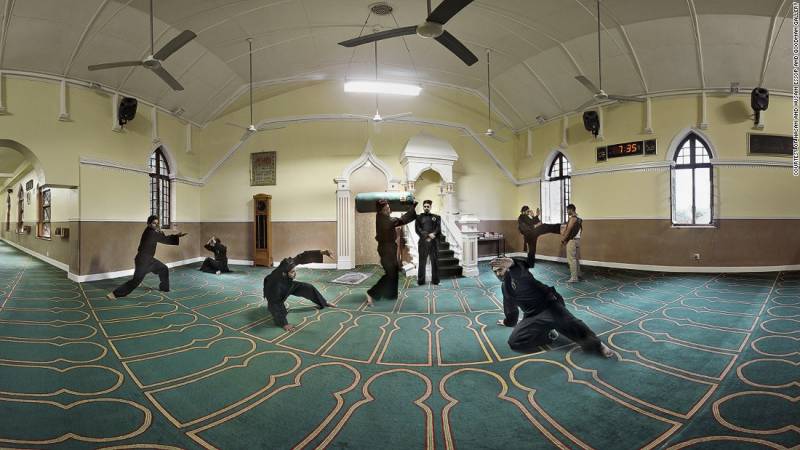
For these brothers, art is all about capturing the times they live in. "That's the legacy you are going to leave behind as an artist," Husain says.
Hasan and Husain Essop Silat Mulut, 2014
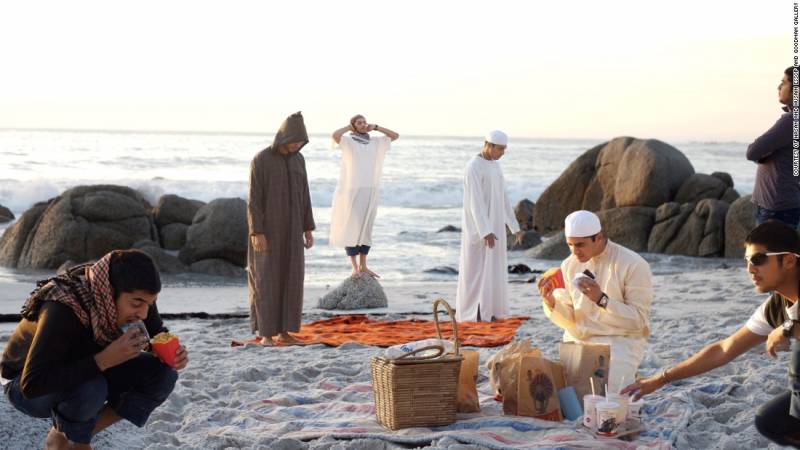
"You're gonna leave behind something that captures a time frame and when people look back and study that time frame, they'll look to your work," adds Husain.
Hasan and Husain Essop, Fast Food, 2008
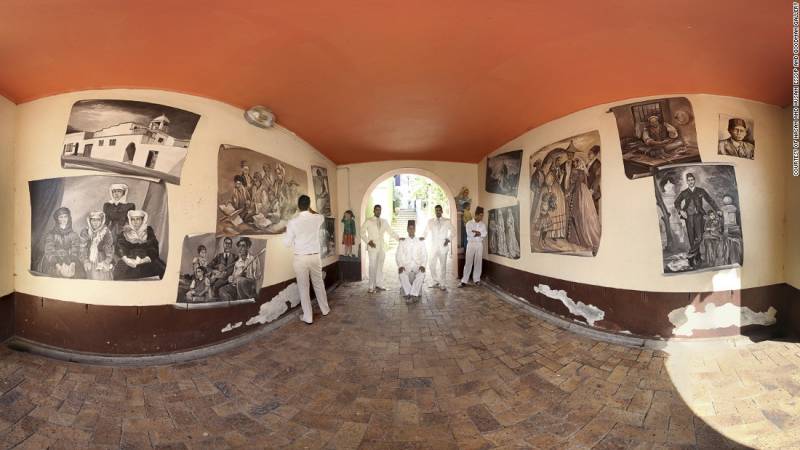
The two brothers were the winners of the Standard Bank Young Artist Award for Visual Art in 2014.
Hasan and Husain Essop, Malay Quarters, 2014

